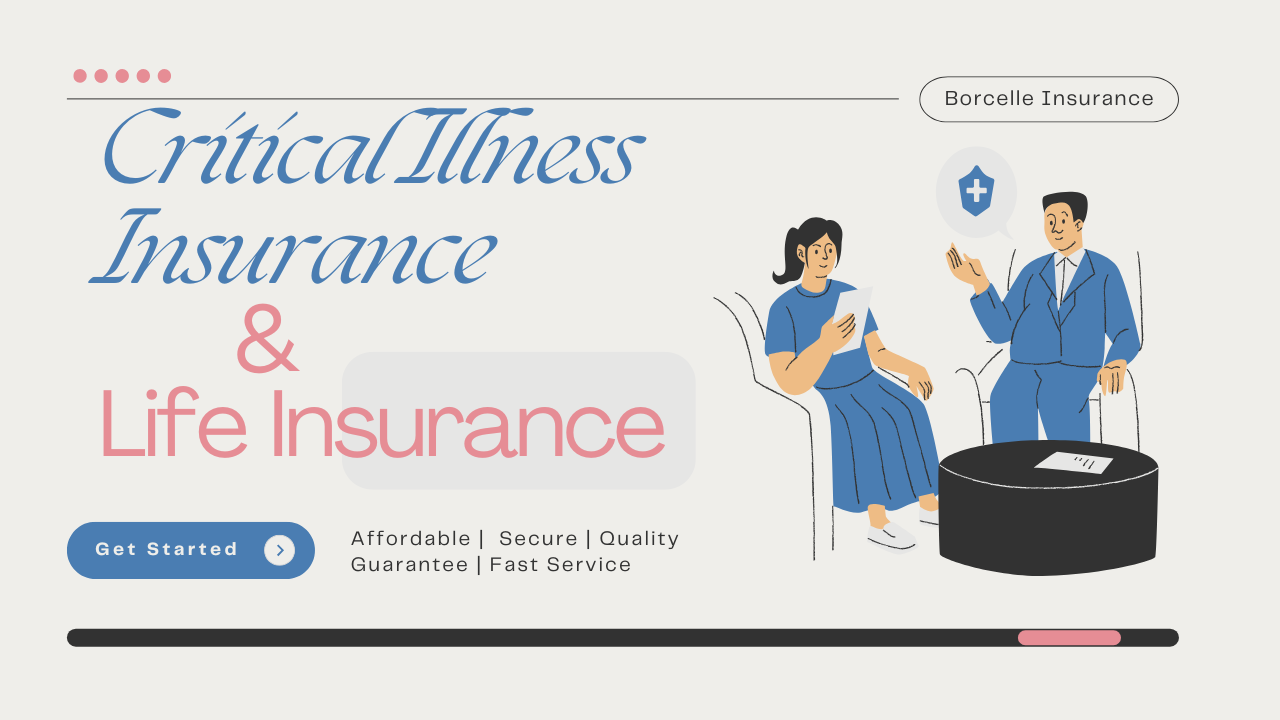Introduction
How Do Life Insurance Companies Make Money?: Life insurance is often seen as a financial safety net that ensures the well-being of loved ones after the death of the policyholder. However, have you ever wondered how life insurance companies make money? With millions of people investing in life insurance policies, companies must generate revenue not only to cover payouts but also to thrive. This article delves into the mechanisms by which life insurance companies maintain profitability, despite the complex nature of payouts and risks associated with their business.
Get Lifetime Access to My Claims Library: https://bit.ly/Lifetime_Access
1. Annuity Payments – Primary Source of Revenue
At the heart of life insurance companies’ revenues are premium payments. Policyholders periodically pay a predetermined amount to keep their policies active. These premiums make up a large portion of the revenue that insurance companies rely on. However, not all policyholders will die during the policy term, meaning the insurance company does not need to pay out in these cases. This helps the insurance company generate excess revenue.
Premiums vary depending on the type of insurance and the age, health, and lifestyle of the policyholder, among other factors. Typically, the older or riskier a person is, the more premiums they pay, which increases the company’s revenue.
2. Investment Income: Growth Through Smart Investments
Life insurance companies do not leave premiums uncovered. Rather, they invest the premiums they collect in various financial instruments, such as bonds, stocks, and real estate. These investments generate returns, providing an additional stream of income for companies.
The key here is the conservative nature of these investments. Insurance companies prefer stable, long-term returns to risky, high-reward investments. Bonds, especially government and corporate bonds, are preferred because of their reliability. These returns enhance the company’s profits without having to rely solely on premiums.
3. Policy Lapses – Profits from Non-Payment
One of the main factors that contribute to an insurance company’s profitability is policy lapses. When a policyholder stops paying premiums, their policy can lapse, meaning it is no longer active. In such cases, the insurance company retains the premiums already paid without having to pay the death benefit.
This frequently occurs with certain types of insurance, such as term life insurance, where the policy only pays out if the policyholder dies within a specific time period. If they exceed the term, the insurance company keeps the premium payment without having to pay any compensation.
4. Mortality and Expense Fees
Life insurance policies, especially whole and universal life insurance, often come with built-in fees known as mortality and expense charges. This fee covers the cost of the policyholder’s life insurance as well as administrative fees for administering the policy.
Mortality charges are designed to cover the risk that the insurance company will have to pay a death benefit. This is typically calculated based on the age and health of the policyholder, with older and higher-risk individuals charged a higher rate. On the other hand, expense fees cover the day-to-day operations of the company, including customer service, marketing, and underwriting.
5. What are surrender fees
In cases where policyholders decide to cancel their policies before they expire, life insurance companies often charge a cancellation fee. This is common with permanent life insurance policies, such as whole or universal life insurance.
A cancellation fee is charged when the insured cancels their policy early, allowing the insurance company to recoup some of its costs. The rate structure can vary, but it often decreases the longer the policy is in effect.
6. How do insurance companies invest their premiums
Life insurance companies typically invest their premiums in stable, long-term financial instruments such as bonds, real estate, and sometimes stocks.
By balancing risks and rewards through careful assessment, life insurance companies can improve their pricing strategies, ensuring they charge enough premiums to cover potential payouts while still making a profit.
7. Actuarial Science – The Backbone of Profitability
Behind the scenes, life insurance companies employ highly skilled actuaries who use complex mathematical models to assess risk and predict life expectancy trends. These calculations enable companies to set premiums at levels that ensure profitability while accounting for the risk of payouts.
By balancing risk and reward through careful assessment, life insurance companies can optimize their pricing strategies, ensuring they charge enough in premiums to cover potential payouts and still make a profit.
8. Managing operational efficiency
Like any other business, life insurance companies must manage their operating costs. They strive to be as efficient as possible in terms of staff, technology, and customer service. By streamlining operations, insurance companies can reduce expenses and maximize profitability.
Automation and technology have become particularly important in this area, as they allow companies to reduce human error, speed up claims processing, and improve customer service, all of which contribute to long-term profitability.
9. Variable products: Leveraging market-related policies
In addition to traditional life insurance products, many companies offer variable life insurance policies. These allow policyholders to invest in different sub-accounts, similar to mutual funds. While the performance of these investments can affect the death benefit and cash value, the insurance company typically charges a management fee and sometimes even profits from the investment returns.
These products provide another source of income, especially during times of market growth when investments under these policies perform well.
Frequently Asked Questions
1. How do life insurance companies manage risk?
Life insurance companies manage risk through actuarial calculations, reinsurance, and conservative investment strategies.
2. What happens when the policy lapses?
When a policy lapses due to default, the insurance company keeps the premiums already paid, without having to pay them back.
3. Can life insurance companies lose money?
Yes, if their investments perform poorly or if there are a higher than expected number of claims, companies can face losses.
4. Do all policyholders receive a payout?
No, not all policies result in a payout. For example, in term life insurance, if the policyholder outlives the term of the policy, no death benefit is paid.
5. What are surrender fees?
Surrender fees are fees charged when a policyholder cancels their policy before it expires, allowing the company to recoup some of the costs.
6. How do insurance companies invest their premiums?
Life insurance companies typically invest their premiums in stable, long-term financial instruments such as bonds, real estate, and sometimes stocks.
Conclusion
Life insurance companies generate revenue through a combination of premium payments, investment income, and careful risk management. By balancing these revenue streams and maintaining operational efficiency, it continues to thrive, ensuring peace of mind for policyholders.



